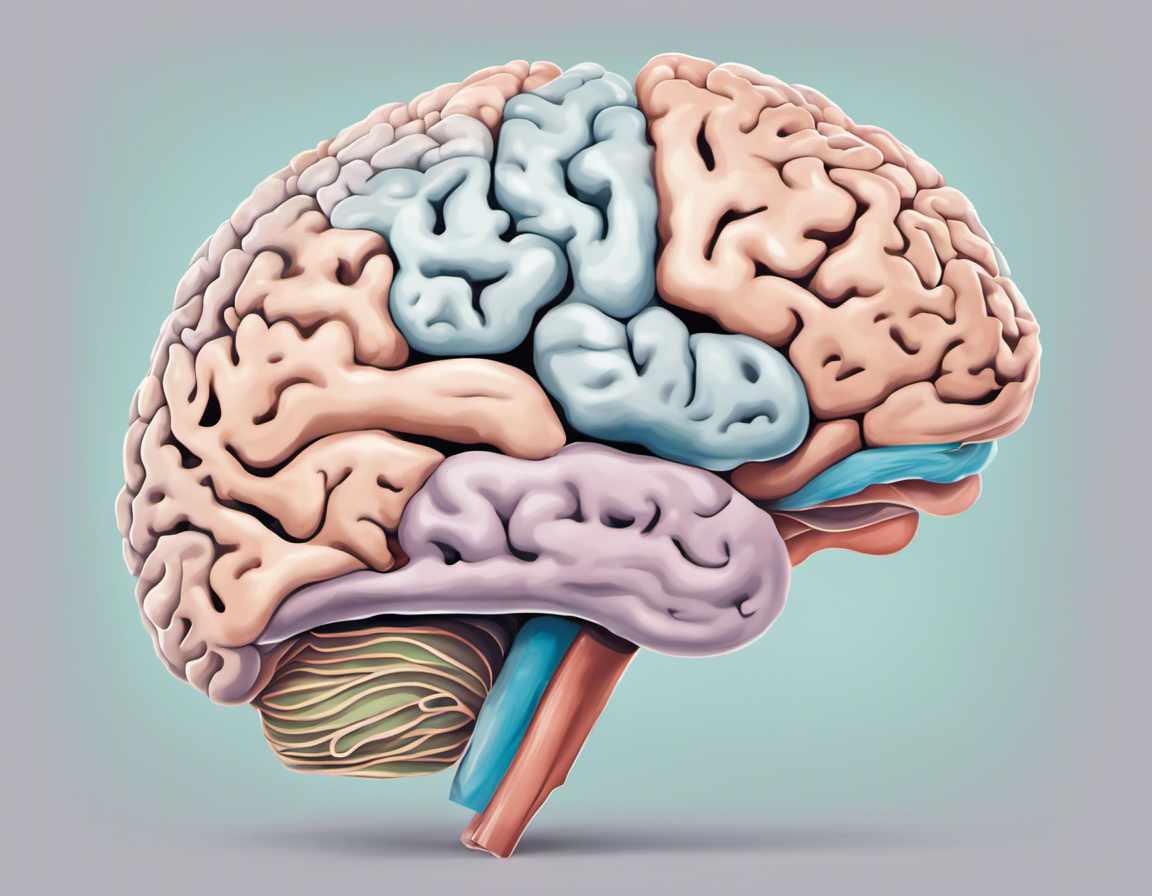Empowering Success: Effective Strategies for Supporting Students with ADD

Understanding and supporting students with Attention Deficit Disorder (ADD) is a significant challenge many educators face. Similar to dazzling Rubik’s cubes, these students, each uniquely complex and colorful, require a specialized approach to unlock their true potential.
This article aims to telescope into this invisible dilemma that over 6.1 million children in the USA grapple with, according to the CDC. By analyzing the various manifestations of ADD in children and its implications on their academic performance, we hope to shed light on an often misunderstood condition.
Further, we aim to equip educators with potent strategies tailored to these diverse learning needs. We will delve into key accommodations that foster an inclusive learning environment for students with ADD.
Besides, educators don’t exist in isolation; successful learning outcomes are the product of a well-oiled machine, with parents forming a vital cog. Hence, we will explore practical ways to facilitate parent-teacher communication and build a supportive home environment.
Beneath every challenge lies an opportunity waiting to be unraveled – every student with ADD is not just a statistic; they harbor untapped potential reservoirs. This article aims to empower educators to transform stumbling blocks into stepping stones by embracing empathy, understanding, and innovative teaching strategies. Welcome to this journey of learning, growth, and empowerment.
Understanding ADD in Students
When it comes to understanding Attention Deficit Disorder (ADD) in students, one must grasp the nature of the disorder, its cause, and its symptoms. ADD is a neurodevelopmental disorder primarily characterized by inattention, distractibility, hyperactivity, and impulsivity. It is crucial to be aware that ADD can present itself differently based on factors such as age, gender, individual brain development, and environmental factors.
Identifying Signs of ADD in the Classroom
A critical element in assisting students with ADD is the early identification of the disorder’s signs. These indications encompass diverse behaviors and traits. Students may lack focus, have trouble staying still, have forgetfulness, or tend to act without thought. They might experience difficulties in organizing tasks and activities or frequently lose items necessary for tasks or activities.
How ADD Manifests Differently in Each Child
Though there are common symptoms related to ADD, it’s equally important to acknowledge that this condition manifests differently in each child. One student might struggle more with hyperactivity, whereas another might primarily deal with inattention. Other students may present a combination of symptoms. This individual variability means a single approach will not work equally well for all students.
The Impact of ADD on Academic Performance
Dealing with ADD can indeed adversely impact a child’s academic performance. Without appropriate intervention, children with ADD may fall behind their peers academically as they continually grapple with focusing on tasks, maintaining organization, and regulating their behavior. Furthermore, they may struggle with low self-esteem due to their difficulties in school.
ADD and Learning Difficulties
It is not uncommon for students with ADD to encounter learning difficulties. Difficulty concentrating can lead to missed instructions and a lack of understanding of critical concepts. Frequent disruptiveness or inattentiveness can also result in frequent disciplinary actions — further exacerbating feelings of academic inadequacy and failure.
The subsequent sections will provide insights into specialized strategies for supporting students with ADD and facilitating their potential in an educational setting. It will also underscore the importance of communication between teachers and parents in forming a supportive network around these students.
Strategies for Supporting Students with ADD
Attention Deficit Disorder (ADD) presents unique challenges to both students and educators, making it imperative for them to adopt specific strategies to maximize the potential of these young minds. Education professionals are encouraged, for instance, to create an environment conducive to learning – providing consistent structure, communicating expectations clearly, and managing distractions effectively.
Adapted Teaching Methods for Students with ADD
Practicing customized teaching methods can tremendously enhance the learning experience of students with ADD. Illuminate complex topics with vivid examples and practical applications to keep them engaged.
Simplifying instructions with bullet points or numbered lists can accentuate clarity. Furthermore, implementing frequent breaks during lessons can aid in maintaining focus and enthusiasm. These considerations, coupled with an individualized approach that caters to each student’s strengths and weaknesses, can significantly bolster the effectiveness of teaching methodology.
Classroom Accommodations for Students with ADD
To further optimize educational encounters, classrooms can be strategically designed to cater to ADD students. Classroom seating arrangements can make a difference; positioning students near the teacher can minimize disruptions and allow for easier monitoring.
Also, employing visual aids and tech resources can enrich classroom experiences and stimulate student interest. Lastly, reducing sensory overload by maintaining a neat and organized class atmosphere can improve focus and productivity.
Collaborating with Parents of Students with ADD
Concerted efforts between educators and parents are pivotal for reinforcing supportive systems for students with ADD. A nurturing home environment and seamless parent-teacher communication are integral pieces of the puzzle.
Building a Supportive Home Environment for Students with ADD
Cultivating a nurturing ambiance at home can significantly improve academic outcomes for students battling ADD. This involves establishing structured routines to instill discipline and organization in them. Incorporating enjoyable yet educational activities can reinforce concepts learned at school, while also catering to the child’s inherent need for movement and exploration. Providing adequate emotional support and maintaining open lines of communication are also crucial, instilling confidence and a sense of security in the child.
Facilitating Effective Parent-Teacher Communication
Mutual dialogue between educators and parents is foundational for building transparency about a child’s progress and needs. Regular update meetings can be scheduled to keep parents abreast of academic performance and any behavioral changes. Educators should take an empathetic approach while communicating concerns, focusing on constructive feedback and enhancing student potential. Moreover, parents need to share any relevant observations or challenges from the home environment, enabling a comprehensive understanding of the student’s overall well-being.
Conclusion
With a deeper understanding of Attention Deficit Disorder (ADD), educators are uniquely positioned to transform their approach to teaching students with this condition. By incorporating various innovative teaching strategies and providing classroom accommodations, we can cater to their unique learning needs and improve their academic performance. Collaboration with parents also emerges as an indispensable strategy for seamless support.
Every child has untapped potential waiting to be released, and with empathy, understanding, and tailored teaching methods, each student with ADD has the opportunity to excel. In light of these approaches, it underscores the need for continued research and adaptive strategies. So, let’s continue exploring new techniques and methodologies, engaging in meaningful collaborations, and enabling our students with ADD to shine brightly in their academic journey.




Comments